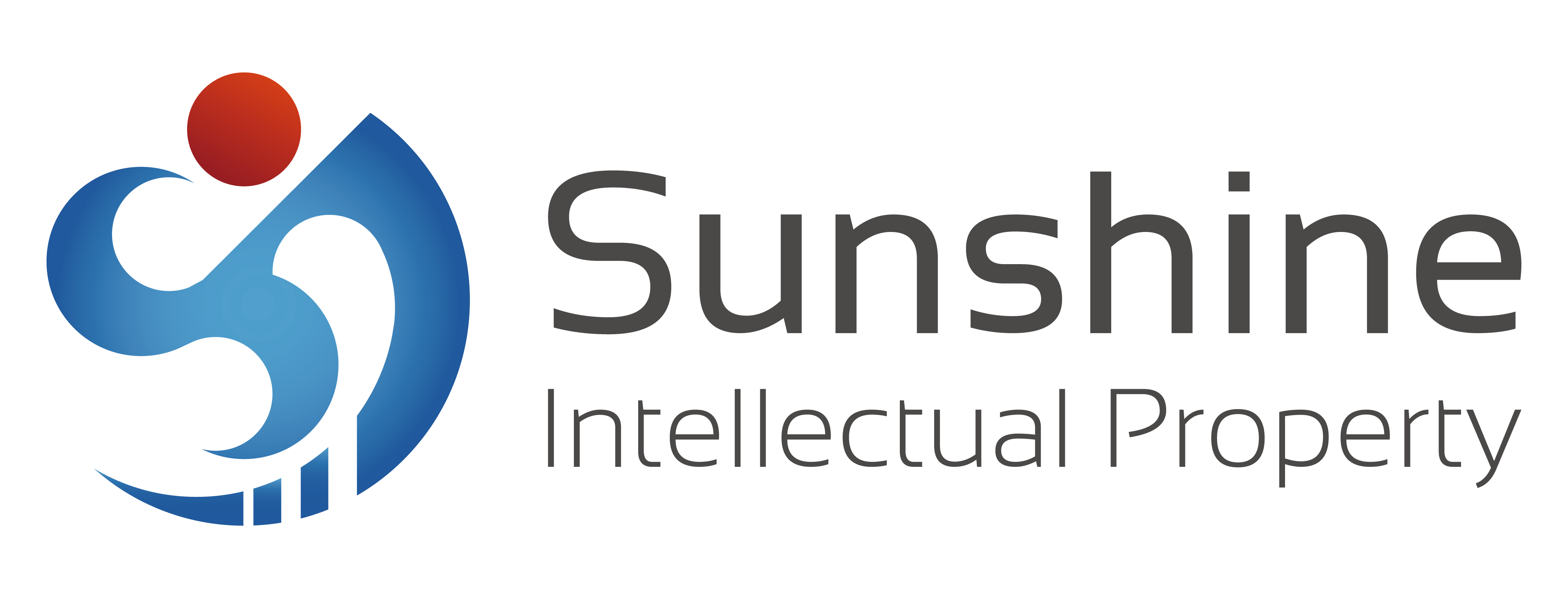Shenzhen Comen Medical Instruments Co., Ltd., founded in 2002, is a medical device company engaged in the research & development of electrophysiological monitoring, electrocardiographic diagnostics, ultrasound maternal and child monitoring, respiratory anaesthesia, baby care and operating theatre equipment.
Background of the Case:
The patent in question is 201010501396.X, and titled “a simultaneous mode switching apparatus, method, anaesthesia machine and ventilator”. Shenzhen Mindray Bio-Medical Electronics Co., Ltd. is the patentee in this case. The patent in question has 11 claims and is one of Mindray's core patents. The patent in question was previously subject to one invalidation proceeding in 2020-2021, and the patent right remained in force.
On December 26, 2022, IP Sunshine was appointed by the invalidation applicant "Shenzhen Comen Medical Instruments Co., Ltd." to initiate invalidation proceedings on the grounds that claims 1-11 do not possess the inventiveness as stipulated in Article 22 (3) of the Patent Law. Lawyer Meihua ZHOU, as the organizing lawyer of the invalidation proceedings, planned and led the formulation and implementation of the invalidation strategy, and represented the above invalidation case throughout the whole process.
China National Intellectual Property Administration issued No. 563341 Invalidation Decision on September 28, 2023, and declared all 11 claims of the patent invalid.
Difficulties and Solutions:
There are two difficulties in this case:
Firstly, it is particularly difficult to search relevant literature. The point of invention of the patent in question lies in the specific setting of ventilation mode switching. This patent was filed in 2010, and can realize ventilation mode switching through the touch screen only, which makes the human-computer interaction more intelligent/convenient and can facilitate the operation of healthcare personnel/patients. Touch screen technology was not perfect and was a cutting-edge technology especially for the field of anaesthesia machines and ventilators before 2010, when people still tended to use mechanical buttons outside the screen to finally complete the ventilation mode switching, therefore, it is difficult to search relevant literature.
Secondly, the previous determination of the invalidation decision was unfavorable to the applicant. The patent in question has already gone through the invalidation proceedings, the patent right has shown certain stability, and the panel has determined/affirmed the technical problems/technical effects solved by the relevant features. The panel will be more cautious and conservative in determining whether the prior art discloses the features/ has technical insights in the subsequent invalidation proceedings.
In response to the above-mentioned difficulties in this case:
Firstly, Lawyer Meihua ZHOU's team determined the grounds of invalidation in this case based on a thorough analysis of the patent in question and prior invalidation decision. The grounds of invalidation include clauses not about “novelty, inventiveness and practical applicability” and those about “novelty, inventiveness and practical applicability”, all of the clauses not about “novelty, inventiveness and practical applicability” cooperate with those about “novelty, inventiveness and practical applicability”, which sets the stage for whether the prior art discloses features/ has technical insights, and leads the panel to support our viewpoint.
Secondly, Lawyer Meihua ZHOU's team also made the possible greatest efforts to search and find favorable evidence. Based on constant adjustment and refinement of classification numbers and/or keywords, the team identified the final evidence through a great deal of efforts.
Thirdly, Lawyer Meihua ZHOU's team kept thinking/refining/improving the way the evidence is assembled. They not only considered the current way of claim drafting, in order to achieve full coverage of technical features, but also considered whether the technical insights are sufficient, so as to make the combination of evidence more comprehensive/reasonable. Moreover, they further thought about the patentee's possible way of response/amendment, and assessed the reasonableness of the dependent claims on the basis of assessing the reasonableness of the independent claims, so that even if the patentee amends the claims, the current combination of evidence will still be reasonable/sufficient.
Highlights and Significance:
For our client, Shenzhen Comen Medical Instruments Co., Ltd., the successful conclusion of this case is of great significance, which has not only helped the Company get rid of the existing intellectual property disputes, and protected its legitimate rights and interests, but also can help enhance the Company's market competitiveness and brand image.

